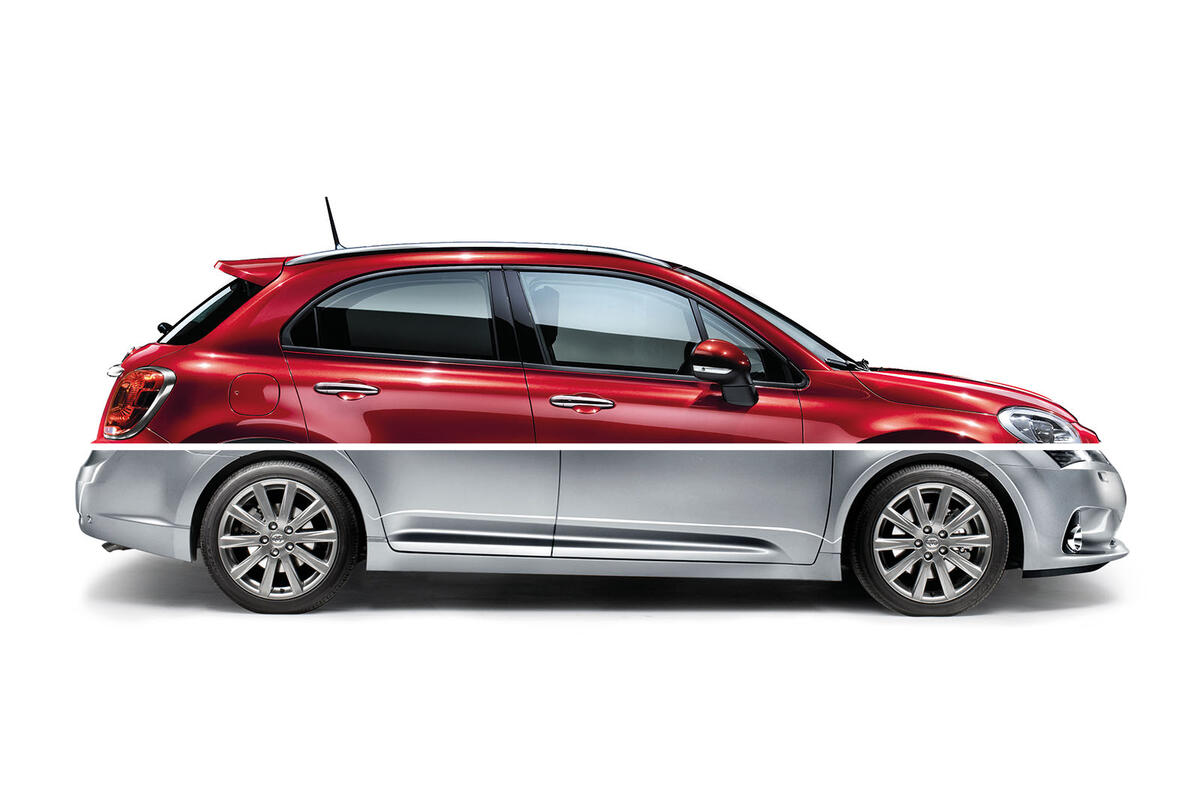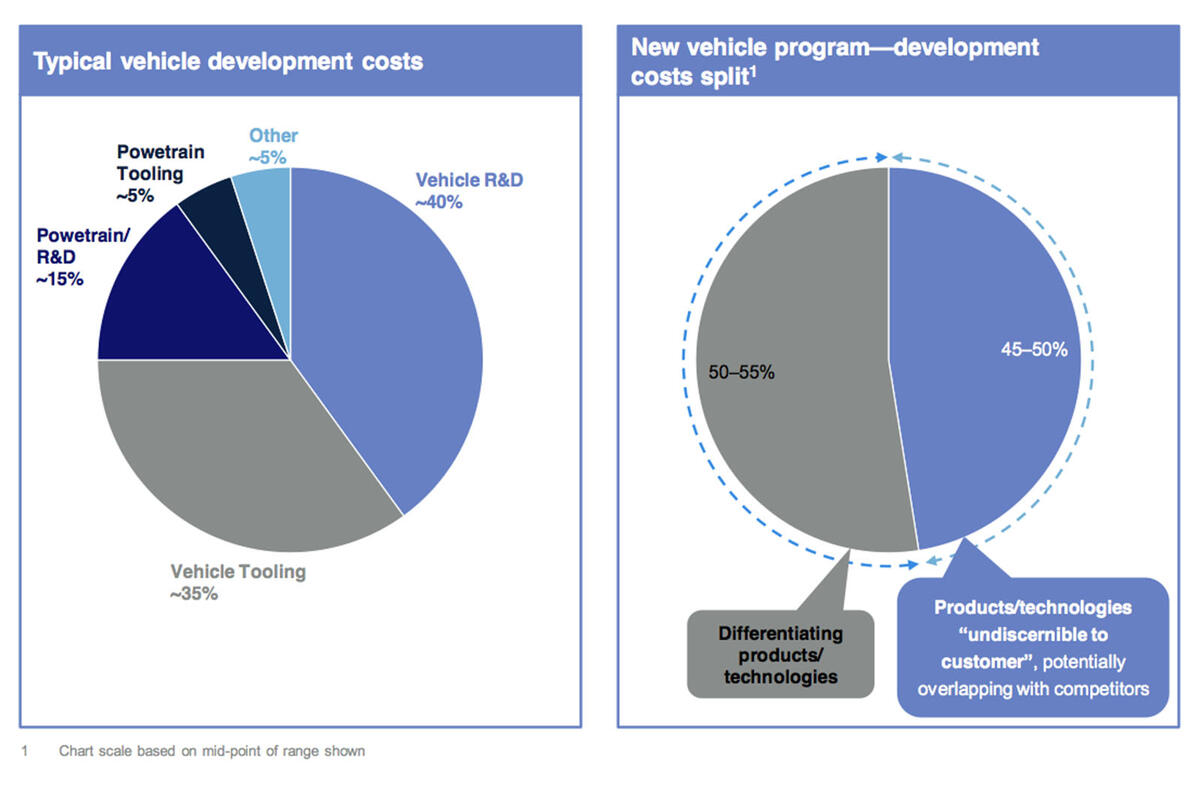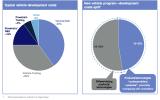Fiat Chrysler Automobiles (FCA) has renewed its call for further mergers across the global car industry.
It has released an independent report that makes the case for a massive sharing of core components, including engines and transmissions, by car manufacturers.
The 25-page presentation puts forward the argument for a mass merging of engineering and development and even a merging of factories between brands. The report says: “It is about choosing mediocrity or fundamentally changing the paradigm for the industry.”
The report’s anonymous author says that expenditure on research and development (R&D) by automotive firms has spiralled upwards since the low point of 2008, in the wake of the credit crunch.
According to figures in the report, a total of £55 billion was spent globally by the biggest car manufacturers in 2008, rising to £87bn in 2014.
The report suggests that spending will continue to rise, as car makers are pressured to invest in ever more efficient powertrains, greater levels of active safety and autonomous driving technology.
Furthemore, compared with other industries that have big product development budgets, the automotive industry has to invest in products that have a much shorter lifecycle and (usually) lower profit margins, further raising costs.
The FCA report breaks down development costs. It suggests that the R&D and tooling for a vehicle hoovers up 75% of the budget. R&D for the powertrain and the powertrain tooling accounts for another 20%.
The contention is that as much as 45-50% of the money invested in product development is in technologies and components that are “undiscernible to the customer”.
Moreover, there is now almost a complete overlap in powertrain and transmission offerings between mainstream makers, a situation intensified by the various brands having to meet the same CO2 and other pollution targets.
The report suggests that, in the medium term, car makers need to ditch traditional approaches and work towards major R&D and production integration, sharing platforms, transmissions and even factories across the industry.
The approach would be similar to non-Apple mobile phone production, where processors and software are shared across many different brands but the products are built by third-party factories.
Automotive brands would remain separate entities and concentrate on differentiation through design and branding.







Join the debate
Add your comment
Good idea, but not practical IMO
Makes sense
They've only said this